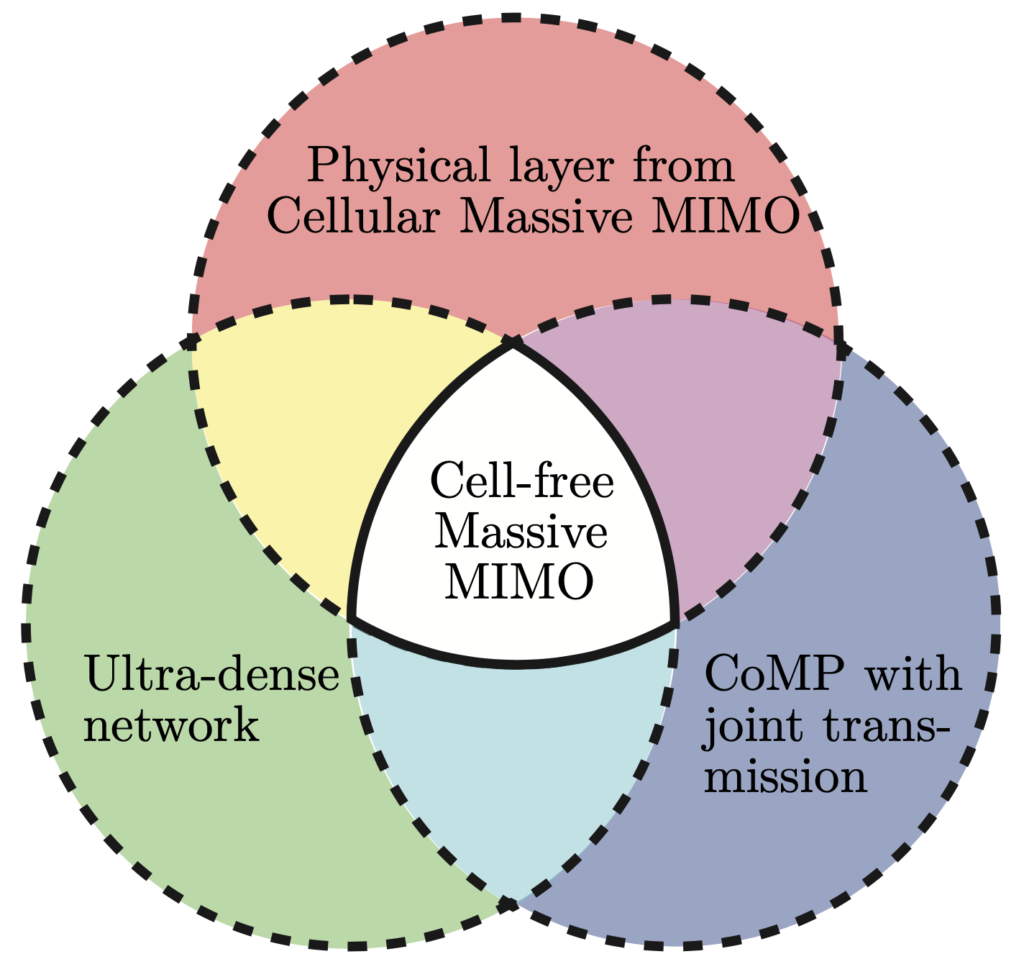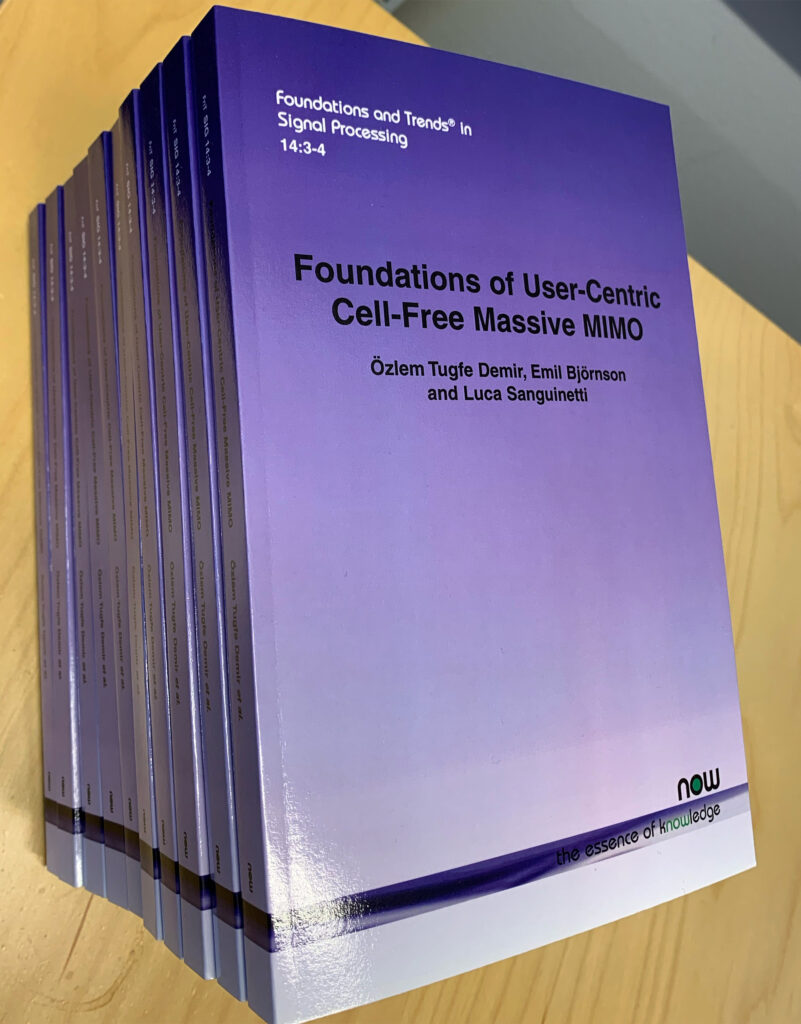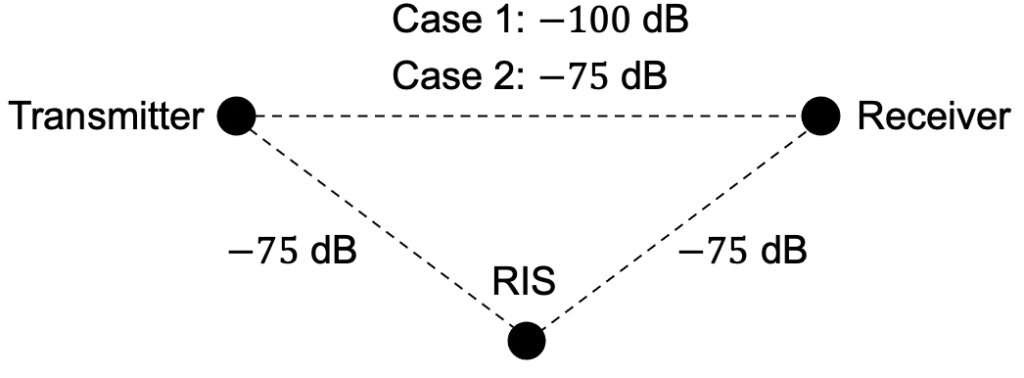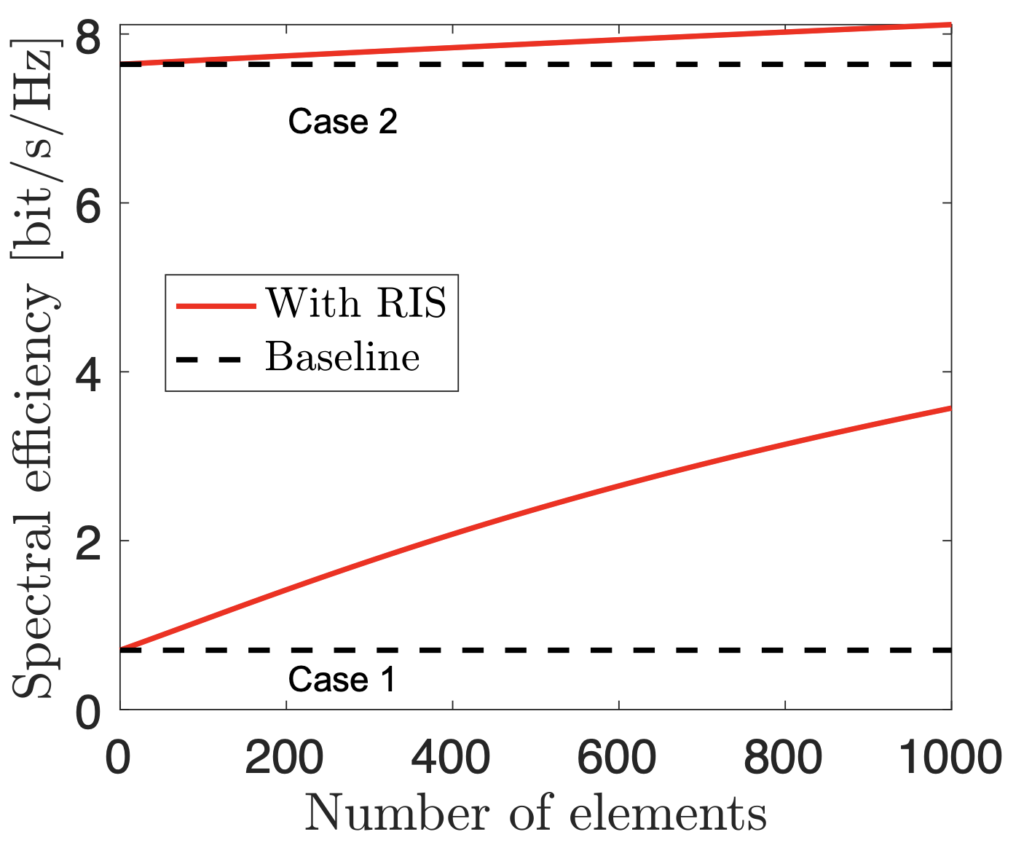One of the physical-layer technologies that have received a lot of attention from the research community in recent years is called Non-Orthogonal Multiple Access (NOMA). For instance, it has been called “A Paradigm Shift for Multiple Access for 5G and Beyond“.
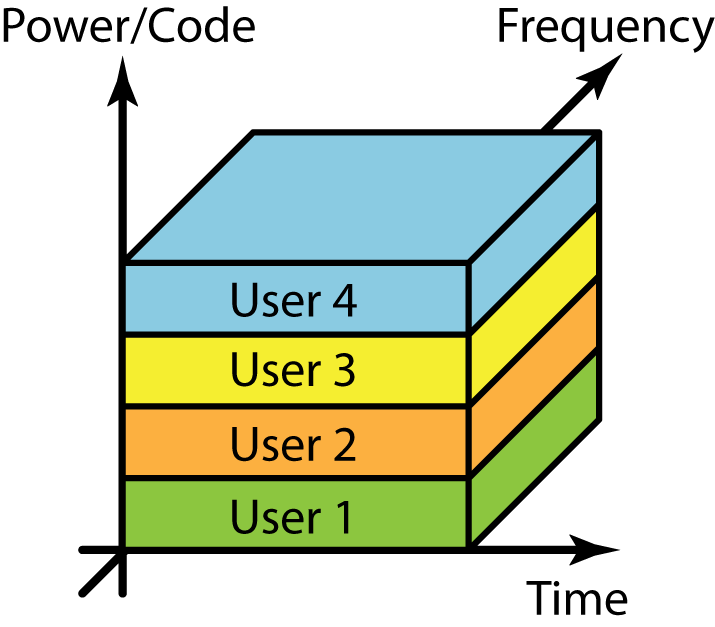
The core idea of NOMA is to assign the same time-frequency resource to multiple users, and instead (partially) separate the users in the power or code domain. This is illustrated in the figure and stands in contrast to the classic approach of assigning orthogonal resources to the users, which was done in 4G using Orthogonal Frequency-Division Multiple Access (OFDMA) and in 3G using orthogonal spreading codes. The benefit of the non-orthogonality is that the sum spectral efficiency (bit/s/Hz/cell) can be increased, if the increased interference can be dealt with using clever signal processing, such as successive interference cancelation. But from a practical standpoint, it matters a lot if the performance gain is 1% or 1000% (~10x). The former is negligible while the latter would constitute a paradigm shift.
Massive MIMO is also based on non-orthogonal access
The use of many antennas has become a natural part of 5G. When having an antenna array, the users can be spatially multiplexed, instead of assigned to orthogonal time-frequency resources. This is what we call Massive MIMO and it is a non-orthogonal multiple access scheme; if you direct a spatial beam towards each user, there will be interference leakage between the beams. MIMO schemes have been around for decades, for example, under the name spatial division multiple access (SDMA). There is both experimental and theoretical evidence that the widespread support for Massive MIMO in 5G is a paradigm shift when it comes to spectral efficiency, but nevertheless, it is not what most papers refer to when using the NOMA terminology.
Instead, the NOMA literature focuses on another aspect of the non-orthogonality: joint decoding of the interfering signals. It is known in information theory that weakly interfering signals should be treated as noise, while strongly interfering signals should be decoded jointly with the desired signal (or using successive interference cancelation). Hence, the methods considered in the NOMA literature are mainly effective in systems with strongly interfering signals.
Since Massive MIMO is used in 5G from the beginning, while NOMA remains to be standardized, a natural question arises:
Do we need other non-orthogonal access schemes than Massive MIMO in 5G?
One of the key motivating factors for Massive MIMO is the favorable propagation, which basically means that the base station has sufficiently many antennas to beamform so that the users’ channels become nearly orthogonal. One can think of it as transmitting narrow beams that lead to low interference leakage. Under these conditions, there are no strongly interfering signals, which implies that no additional NOMA features are needed to deal with the interference. We have shown this analytically in two papers: one about power-domain NOMA and a new one about code-domain NOMA.
Although these papers show that NOMA can usually not improve the sum spectral efficiency, there are indeed some special cases when it can. In particular, this happens in situations when the number of antennas is insufficient to achieve favorable propagation. This can, for example‚ happen in line-of-sight scenarios where the users are closely spaced and therefore have very similar channels. However, in my experience, the NOMA gains are marginal also in these cases. When writing the two papers mentioned above, we had to spend much time on parameter tuning to find the cases where NOMA could provide meaningful improvements. With this in mind, it is fully plausible that NOMA will never be used in 5G, at least not for increasing the spectral efficiency (it could be useful for other purposes, such as grant-free access).
What about beyond 5G systems?
When it became clear that NOMA wouldn’t play any big role in 5G, the research focus has shifted towards beyond 5G systems. One of the prominent new advances on non-orthogonal access is called rate splitting. The recent paper “Is NOMA Efficient in Multi-Antenna Networks?” provides a pedagogical overview. The paper also makes a case for that rate splitting methods combines the best aspects of conventional NOMA and Massive MIMO, in a way that guarantees a higher sum spectral efficiency. While it is true that a well-designed rate splitting system can never be worse than conventional Massive MIMO with linear processing, the key question is: how large performance gains can be achieved?
In the overview paper, the case for rate splitting is based on multiplexing gain analysis. This means that the sum spectral efficiency (bit/s/Hz) is studied when the transmit power P is asymptotically large. Different access schemes will achieve different spectral efficiencies, but they all behave as M log2(P)+C, where the factor M is the multiplexing gain and C is a constant. When P is large, the scheme that achieves the largest multiplexing gain is guaranteed to give the largest spectral efficiency, irrespective of the value of C.
If the channels are known perfectly, then a single-cell Massive MIMO system achieves the maximum multiplexing gain (it is equal to the minimum of the total number of transmit antennas and the total number of receive antennas). However, if the channels are known imperfectly, then the multiplexing gain is reduced when using linear processing and the above-mentioned paper shows that the rate splitting approach added to achieve a larger multiplexing gain than conventional Massive MIMO. This is mathematically correct, but there is one catch: the power used for channel estimation is assumed to grow more slowly than the power P used for data transmission. However, in practice, we could use the same power for both estimation and data transmission; hence, in the large-P regime considered in the multiplexing gain analysis, we will have perfect channel knowledge. Rate splitting cannot increase the multiplexing gain in that case.
That said, rate splitting can still improve the sum spectral efficiency compared to Massive MIMO in practical setups (at least it cannot be worse), but we should not expect any paradigm shift. Massive MIMO is already utilizing the multiplexing gain to push the spectral efficiency to new heights in 5G. Further improvements are possible by increasing the number of antennas, while it cannot be achieved by refining the access scheme. That could only increase the parameter C, not M.
If you want to learn more about NOMA and rate splitting, I recommend the following episode of our podcast:


